So, we get a great number of comments on our Youtube videos and I try to respond to each one of them (even the one where the guy called me a hipster poser) in a timely and professional manner. Well, one comment that came through this week really got me thinking. The comment involved the topic of predators on the homestead – specifically predators that could take our my pigs. While I did respond to that person’s request, I wondered how other homesteads deal with predators.
I thought first, we should start this discussion with who eats what around here. Keep in mind you readers from afar, we are in the Appalachian Mountains on the eastern side of the United States. Here is what we have as far as predators go from biggest potential for damage to our livestock:
Black Bear – A menacing creature to find unexpectedly in the woods. They are surprisingly quiet and surprisingly smelly in that you can smell them before you hear them when walking in the forest. They are intimidating to the point of requiring a change of shorts when cresting a knoll and seeing one a few yards off (speaking from experience in this example). Around here they are scarce and a rarity to find. In fact, there has only been one sighting in the last 17 years in our valley. As for diet, they eat everything and have been known to wreak havoc on chicken coops. They would have no problem taking out a full size hog if they could catch it.
Coyote (Carnivorous slobbius – for all you Roadrunner fans) – Much unlike the cartoon version, the coyotes we have around here do not solely chase roadrunners nor do they order ACME products. They do, however, sneak around the property mostly a night but have shown themselves during the day. A walk to the barn after dark can cause the hair on the back of your neck to stand up when you hear several begin howling and yipping. By himself, a coyote would have a hard time subduing a pig unless it was very young. They are more detrimental to chickens and rabbits. In a pack, however, they can take down deer and even some reported cases of cattle.
Bobcat – I debated putting Bob above the coyote simply because he is a superior hunter and can really put a hurting on livestock. I decided to put him in third place simply because he is a loner and isn’t as well populated as the coyote. If the black bear is quiet, the bobcat is ultra-quiet. With his agility and swiftness of paw, he could be hard on piglets or chickens, ducks, etc.
Fox – Around here, the fox is few and far between rarely making appearance. When he does, however, catching him in the act of raiding the hen house is very difficult to do. They are very clever and know how to use cover to get close to the livestock. We have lost several chickens to a fox. Farm birds seem to be their favorite as well as rabbits if they can get to them.
Feral Dogs – See coyote but actually more dangerous due to the lack of fear of man (A feral pekinese is a sight to see).
Hawk – These majestic creatures soar through the air gracefully gliding on the slightest of wind currents and atmospheric thermals. They are exciting to watch right up to the point when they swoop down and eradicate one of your cherished hens. While they may seem unassuming, they are like inner city punks carrying four switch blades on each foot and looking to cut someone long and deep. The fact that they are aerial makes them difficult to defend against when they decide to declare war on your yard birds.
Owl – See hawk but with a personality like batman (shadow lurking, no friends, and piercing eyes)
Raccoon – Don’t let his fuzzy, adorable face full you, this critter is a killer. They have the ability to climb anything and their nimble paws and toes make them the safe-cracker of the forest. I once had once run past me in the woods and then I noticed later my watch was gone and I was missing a $20 from my wallet. They love chicken. They love it so much they will risk everything and come back each night for more chicken until you either run out of chicken or the raccoon runs out of luck escaping your plans to deter him.
Opossum – The great marsupial of the northern hemisphere. The most god-awful looking creature in the woods. Not the smartest thing either. For years as a child, I thought a possum was a small, flat animal that lived on the edges of highways. They love chicken eggs but will be very happy to yank a leg off of a chicken, eat a few bites, and then move on.
Black Snake – One of my favorite predators around here. While Kelly would disagree, I am satisfied with having as many black snakes around here as possible. They are very laid back snakes and disappear in a flash if threatened. As for their pray, they sometimes will snag a chick if they are out in the pasture or outside the brooder but more often they are simply cruising in the chicken coop and sucking up an egg or two and moving on for a couple days. Even that doesn’t really bother me but my fear is Kelly grabbing one by the tail as she reaches in a nesting box to extract eggs one day. After she regained consciousness, she would demand I declare war on the black snake.
With this onslaught of critters roaming wildly in the woods waiting to prey on my livestock, how in the world do we manage to keep anything alive? Well, I will admit, when we first started with farm animals, I didn’t think it was possible. We had a dramatic amount of loss at first. Did you notice just how many predators eat chicken? Everyone likes chicken! We once lost 60 chickens in one night. Not all were killed by a predator, however, the predator entered the coop at night, killed several birds, then flushed all of them out of the coop and they died of exposure in a very cold rain. Needless to say I was distraught.
So, how do we deal with predators? Well, the first thing we do is establish a good defense. I usually take a “live and let live” approach to most things so a lethal option is usually my last. To protect our chickens, we have a secure coop, 6 foot high pasture fence, and an automatic coop door that closes at dark and opens at day break. That has dramatically reduced the loss of chickens. As for the pigs, I keep them close to the barn during farrowing time and have a combination of woven wire fencing and electric fencing around the barn areas. This keeps the coyotes from being able to get close to the barn without having to navigate the electric fence. I also have a black lab that barks at all things that creep around on the farm at night. Although, she is getting a little long in the tooth and may decided to let somethings slip by now and then.
At what point do we at Red Tool House decide to go on the offensive when it comes to predator issues? Well, I will save that discussion in part 2 of our blog.

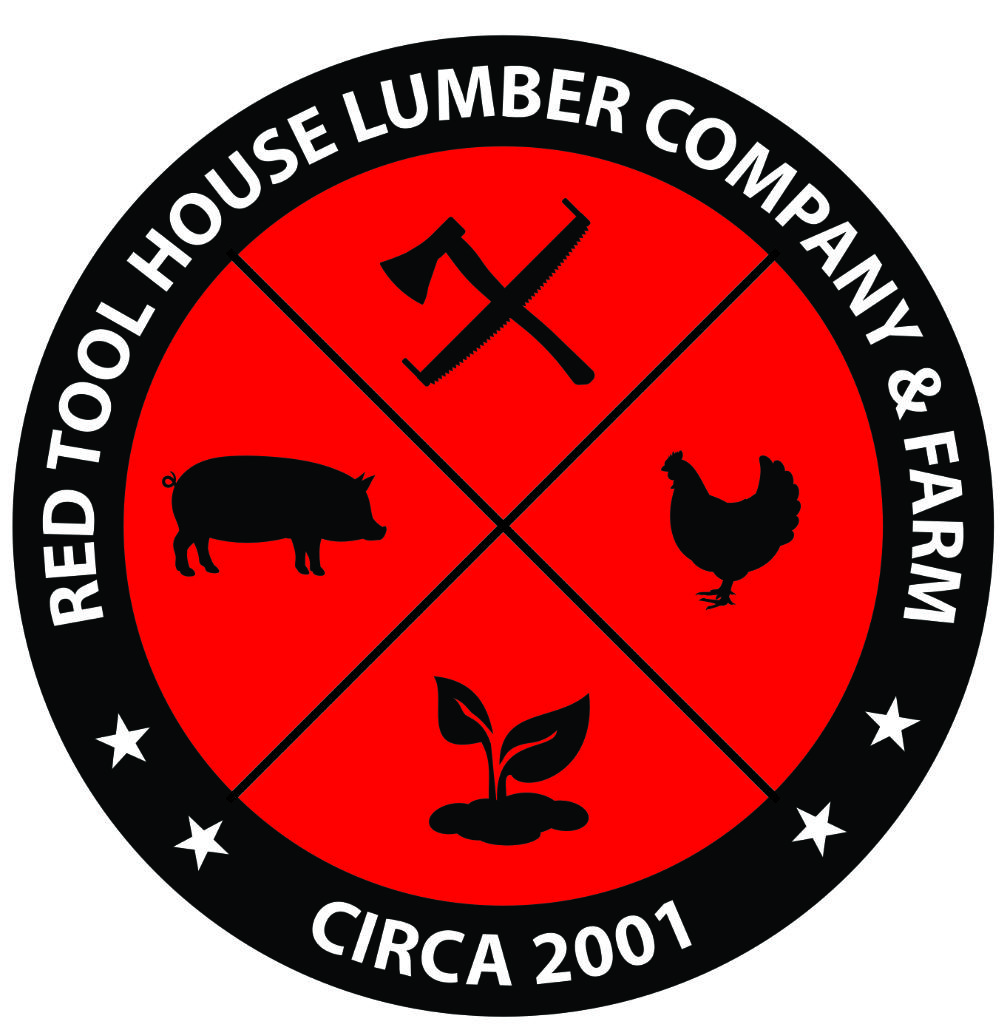

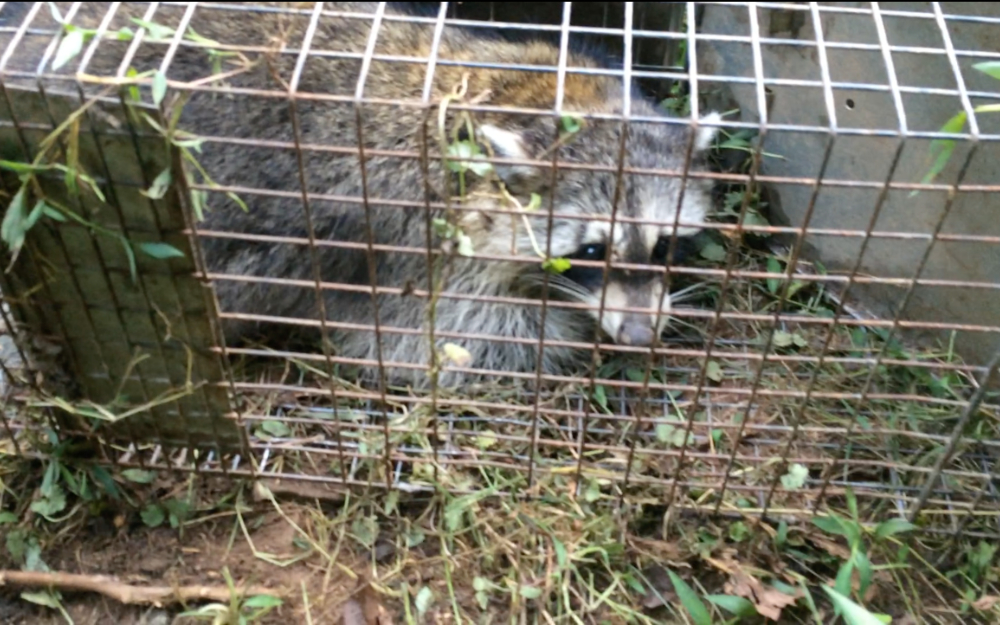
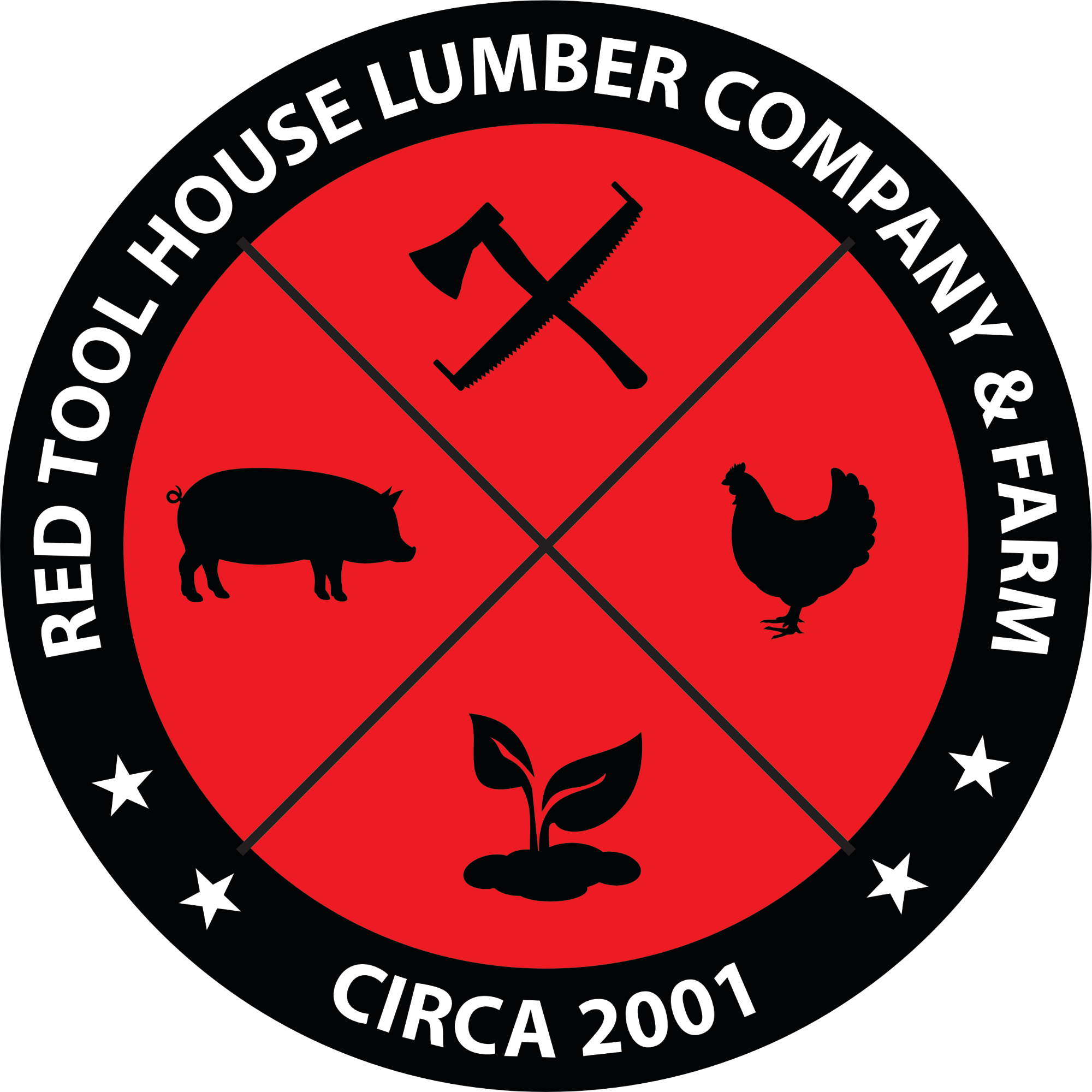
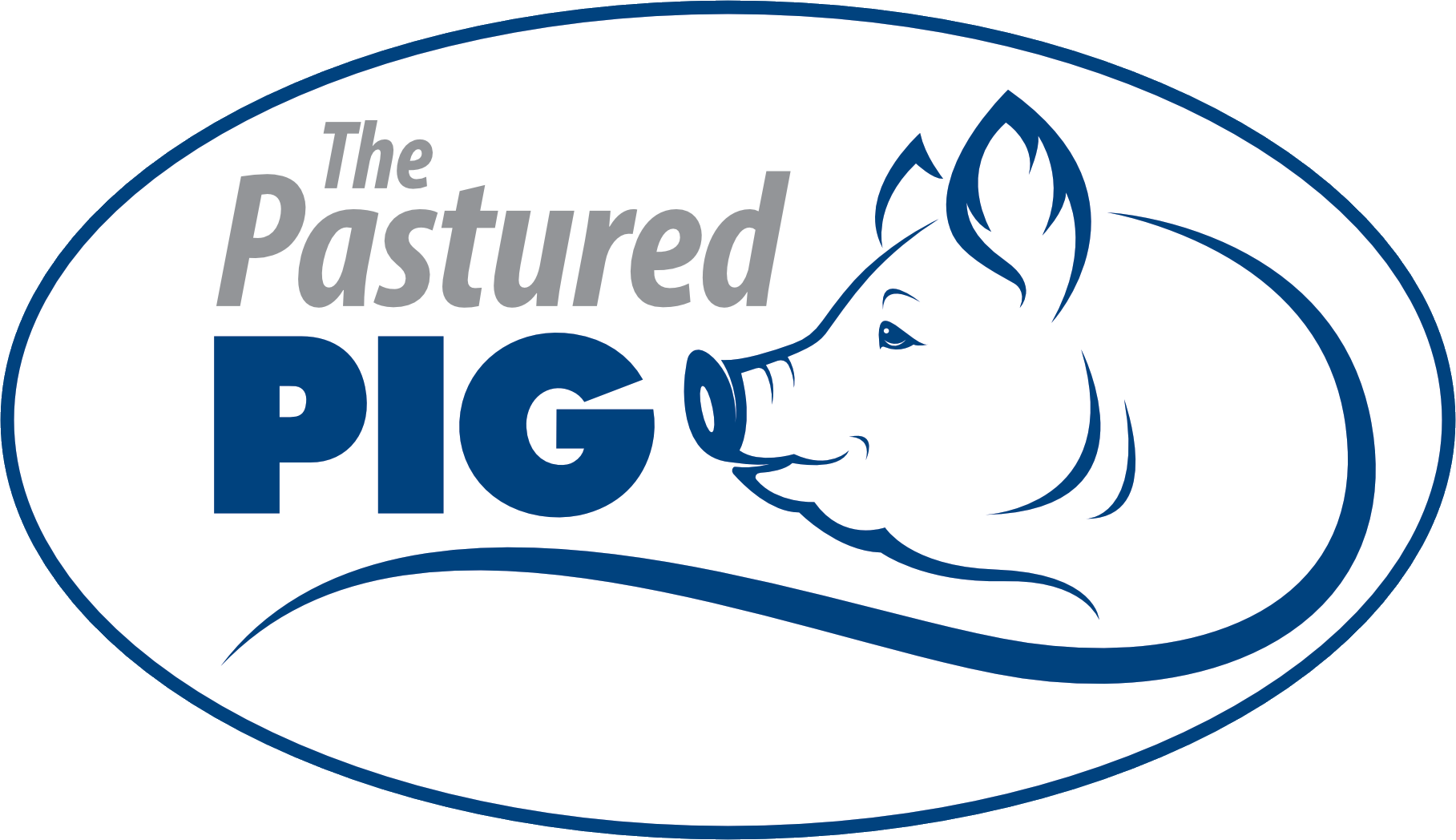
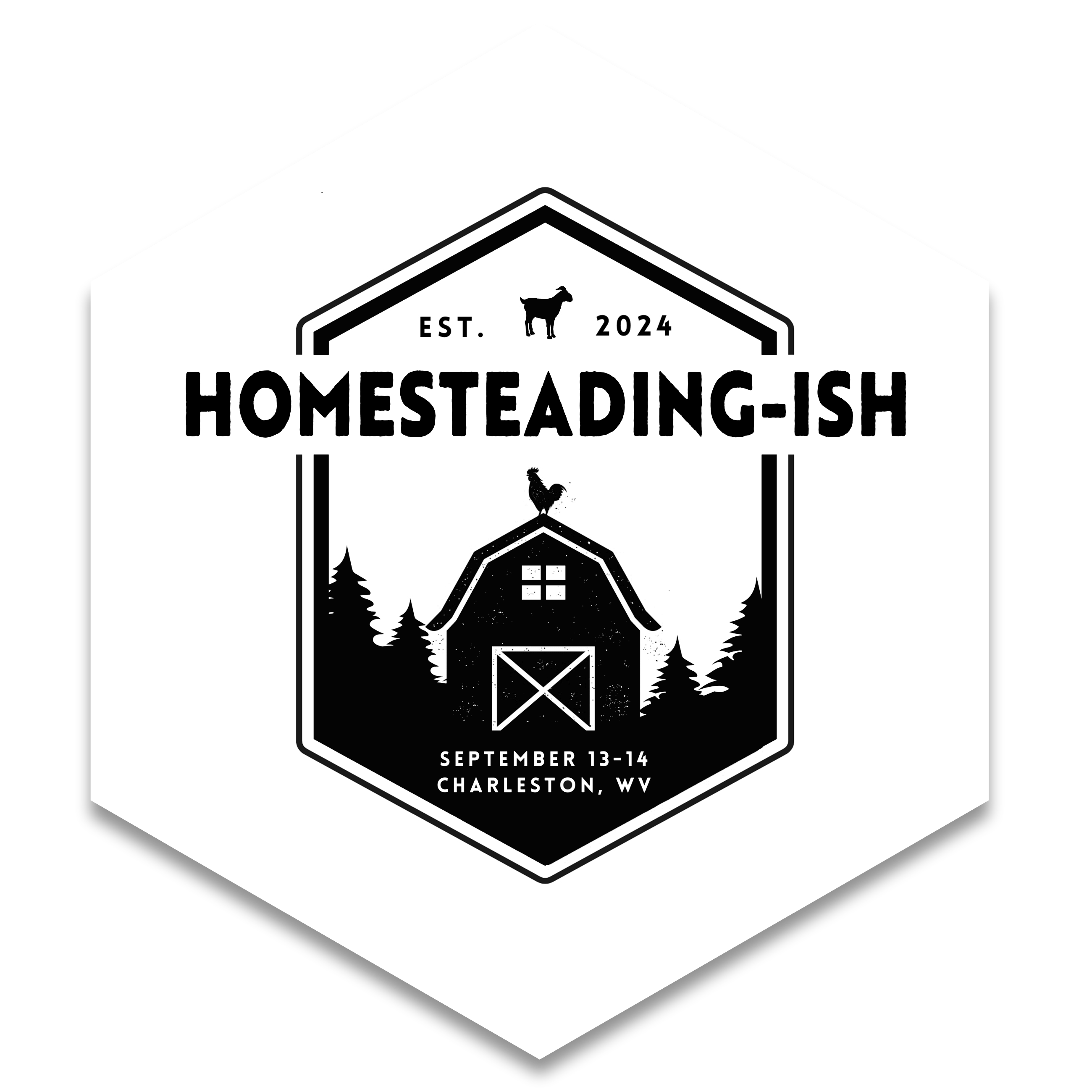
Troy, you are a very interesting to read. A great conversationalist! And right on with your information.
Thanks for reading, Patrick!
Even though I’ve never farmed I really enjoy reading your blogs. This one was extremely interesting!
Thanks, Bob!
Hello Troy, I love the you tube channel. I also have a small hobby farm, we just started two years ago. We raise pigs chickens and a few Highland cattle. We lost 25 chickens in one day our first year, after that we bought a live stock guard dog and have not lost a chicken since then. These dogs are worth every penny( well maybe not from a business stand point, $700 dog guarding $80 in chickens lol) . I will always have one on the farm as long as there is livestock.
I used to keep chickens and learned that a raccoon will return night after night at almost the exact same time… Like a night watchman walking his rounds. I had a secure coop, but I was not always diligent about locking the chickens in every night. My experience with raccoons was hearing a ruckus at night and noticing the time. The next morning, if I saw the signs of a raccoon attack (lots of feathers and one bird missing), would do the following… I would set my alarm for 15-30 minutes earlier than the previous night’s attack. I would wait with a shotgun and a maglight. Like clockwork, the raccoon would show up. Usually it was one raccoon (and one shot). In the Spring, it was sometimes a female with some young. They were also attracted to fish meal when used as a garden fertilizer.
Where can I find part 2 of your blog, re: “permanently dispatching predators” ?Thank you.
Hi Troy.
Been binging on your youtube vids for the last couple of days and enjoy the content very much. I have aspirations of homesteading and raising livestock once I retire from my job (3 years to go). I watch and research as much as possible and the reality of the lifestyle, the good and bad, are well represented in your videos. Keep em coming and I’ll keep watching.
Thank you.
Jerry
Hey Troy, I enjoy the videos, very thought out and forthright honesty. I have to agree with your list of predators and I have to say when I lived in Tenn. we used to like seeing the corn snakes and black snakes around the corn cribs as they were great at controlling the mice/rats so they we thought of more as welcome!
Hey Troy, I enjoy the videos, very thought out and forthright honesty. I have to agree with your list of predators and I have to say when I lived in Tenn. we used to like seeing the corn snakes and black snakes around the corn cribs as they were great at controlling the mice/rats so they we thought of more as welcome!